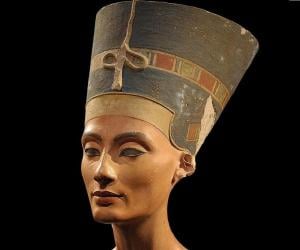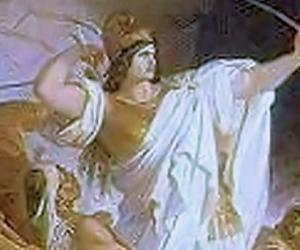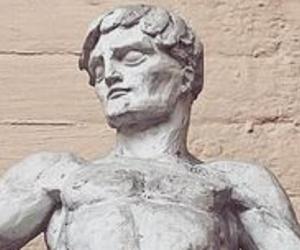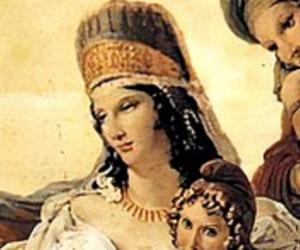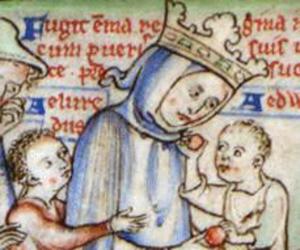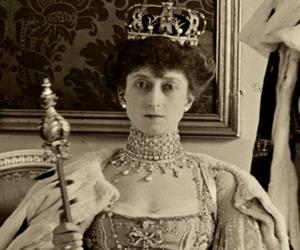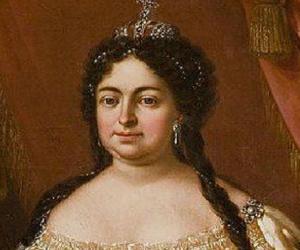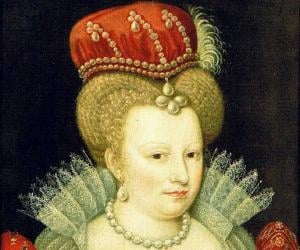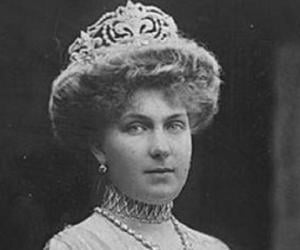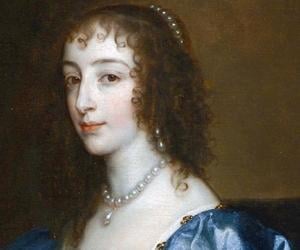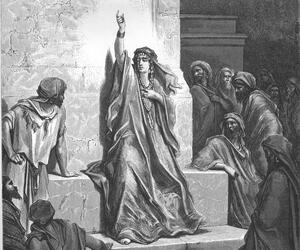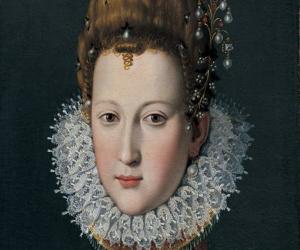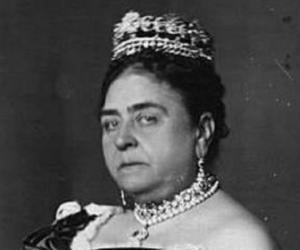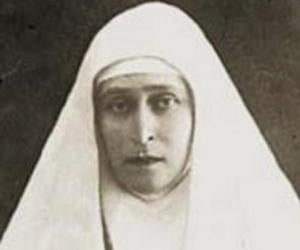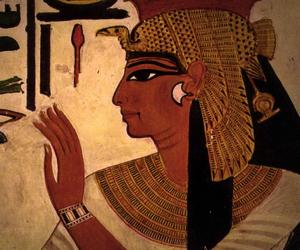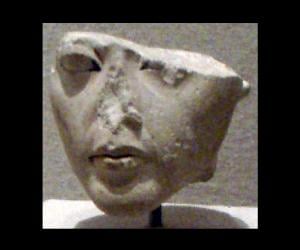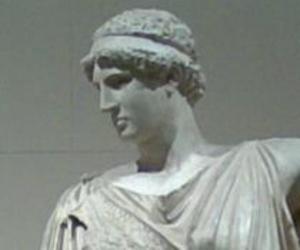Quick Facts
Also Known As: Neferneferuaten Nefertiti
Died At Age: 40
Family:
Spouse/Ex-: Akhenaten
children: Ankhesenamun, Meketaten, Meritaten, Neferneferuaten, Neferneferure, Setepenre, Tasherit
Empresses & Queens Egyptian Women
Died on: 1330 BC
place of death: Egypt
Childhood & Early Life
The details of Nefertiti’s childhood are not known clearly to the historians. But many believe that she was born to ‘Ay’ who later became the pharaoh of Egypt. Ay married a woman called Tey. The background and other details of Tey are not known.
Some historians dispute this fact and opine that Tey was not the mother of Nefertiti but just her nurse (possibly a wet nurse). Some of Nefertiti’s scenes depicted in the tombs of nobles of Amarna mention a sister of Nefertiti called ‘Mutbernet’. No historical evidences of Mutbernet are yet found by historians other than the depictions in tombs.
Another theory that has found some support from a few Egyptologists is that Nefertiti was the Mitanni princess Tadukhipa and later changed her name after marriage. This theory is highly disputed and has limited historical support.
She married the Egyptian Pharaoh Akhenaten at the age of fifteen and became the Great Royal Wife. The exact date of her marriage is not known. The couple led a happy married life and had six daughters, viz. Meritaten, Meketaten, Ankhesenpaaten,NeferneferuatenTasherit, Neferneferure, and Setepenre.
Life After Marriage
Rather than staying at home, Nefertiti took an active role in running the kingdom. She advised her husband in matters relating to running the state. In fact, some historians opine that the couple ran the kingdom jointly.
The togetherness of Nefertiti and her husband is clearly visible in a number of artifacts from the time. In a number of paintings and sculptures, they were seen to be riding chariots together and kissing in the public. The couple seemed to have a deep romantic connection generally not found among other pharaohs of the time.
Nefertiti and her husband brought a number of reforms in the Egyptian economy which made their reign the wealthiest period in the history of ancient Egypt. A number of buildings and artifacts were built using the riches of the country.
Contribution to Religion
Along with her husband, Nefertiti played an active role in reforming the religion of Egypt. During the times when she was the Queen of the kingdom, Egypt had a number of gods and religions that lead to division among the citizens.
Nefertiti and her husband established a new Aten Cult to replace the existing religions. According the Aten Cult, there was only one single god, viz. Aten (the Sun god). Aten Cult was monotheistic and did not support the existence of any other god than Aten.
Nefertiti and her husband were believed to have acted as the priests in the temple of Aten during their reign. While trying to establish the new religion, Nefertiti and her husband took care to retain their supremacy over the people. They served as the priests in the temple of Aten, and common people were expected to reach the god through them.
During the fourth year of their reign, Nefertiti and her husband changed their names to Akhenaten and Neferneferuaten-Nefertiti. The names were related to the sun god worshipped by them. The name change was one of the greatest depictions of the growing importance of the Aten Cult.
Nefertiti and her husband built a new city ‘Akhetaton’ in honor of the Aten god. Their palace was shifted to the new city. The city is now known by the name el-Amarna and had a number of open air temples.
Personal Life & Legacy
Nefertiti was considered one of the most beautiful women of her time. Many paintings and statues survive to this day which depict her beauty. Her legacy is rivaled only by another beautiful Egyptian queen, viz. Cleopatra.
Nefertiti was also considered as one of the most powerful queens who ruled Egypt. Her husband always attempted to depict her as an equal. She was shown to be wearing the crown of the pharaoh or bravely fighting the enemies in many of the stone sculptures of the time.
After the death of her husband, Nefertiti took an active part in governing the kingdom. As she did not have a son, she even tried to consolidate her power by marrying one of the sons of the Hittie emperor, Suppiluliuma I.
But she could not remarry again as one of the sons of the Hittie emperor sent to Egypt was murdered on his way.
Twelve years after the death of her husband, Nefertiti suddenly disappears from all the ancient records of Egypt. She was believed to have died in a major plague that swept across the Egyptian kingdom.
Some historians believe that she was murdered. However, no evidence to support this claim has been found till now by archeologists.
The mummies of Nefertiti, her children, and her parents have not been found and identified yet. One of the two female mummies found by the archeologist Victor Loret in the year 1898 was rumored to be that of Nefertiti. Till now there is no agreement among the archeologists whether the mummy was indeed of Nefertiti.
The third daughter of Nerfertiti was married to Tutankhamun who later became the king of Egypt.
After the death of Nefertiti, Tutankhamun restored Egypt to its older religions. All the traces of Aten Cult were wiped out from the kingdom.
Facts About Nefertiti
Nefertiti is believed to have been a powerful queen in ancient Egypt, often depicted alongside her husband, Pharaoh Akhenaten, in artwork and inscriptions.
She is known for her iconic bust, discovered in 1912, which has become one of the most famous and recognizable symbols of ancient Egypt.
Nefertiti was known for her beauty and charisma, with some historians suggesting she may have ruled as a co-regent alongside Akhenaten.
She was a patron of the arts and oversaw the construction of many temples and monuments during her reign.
Nefertiti’s legacy continues to capture the imagination of people around the world, inspiring countless works of art, literature, and film.
See more:


